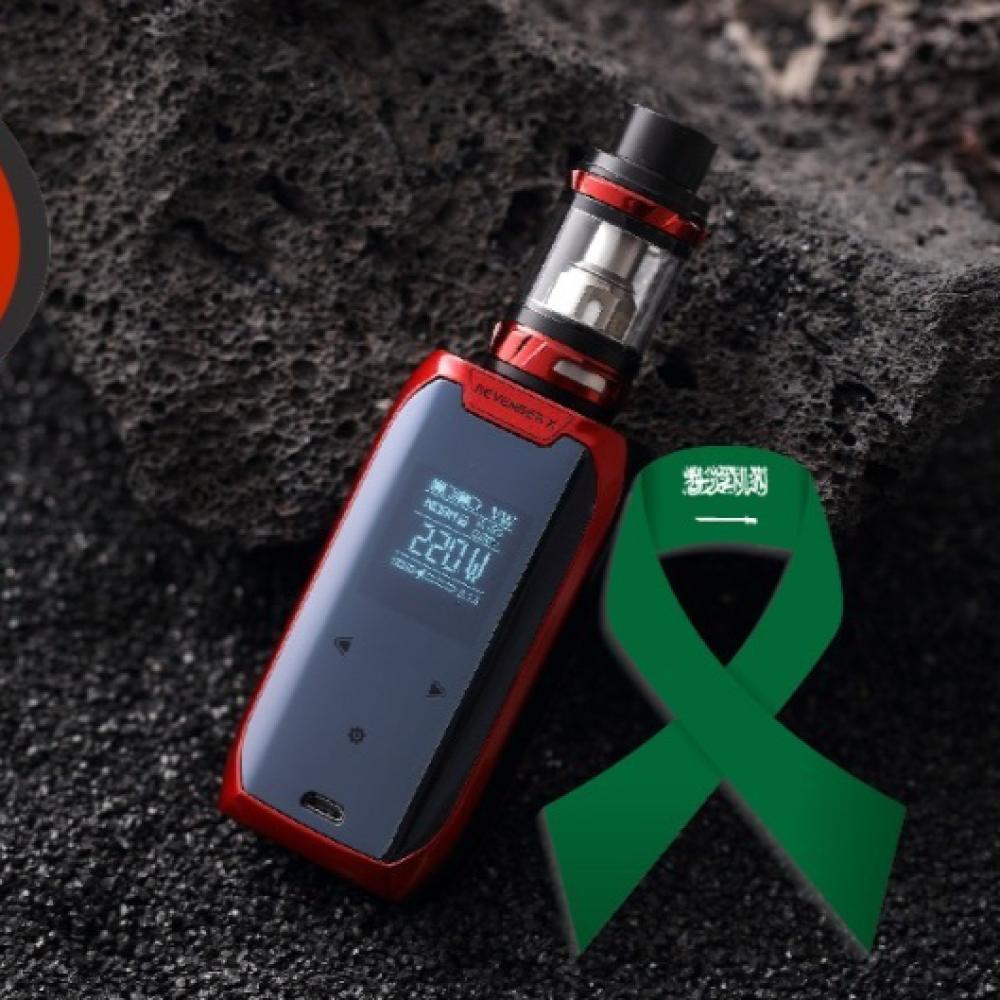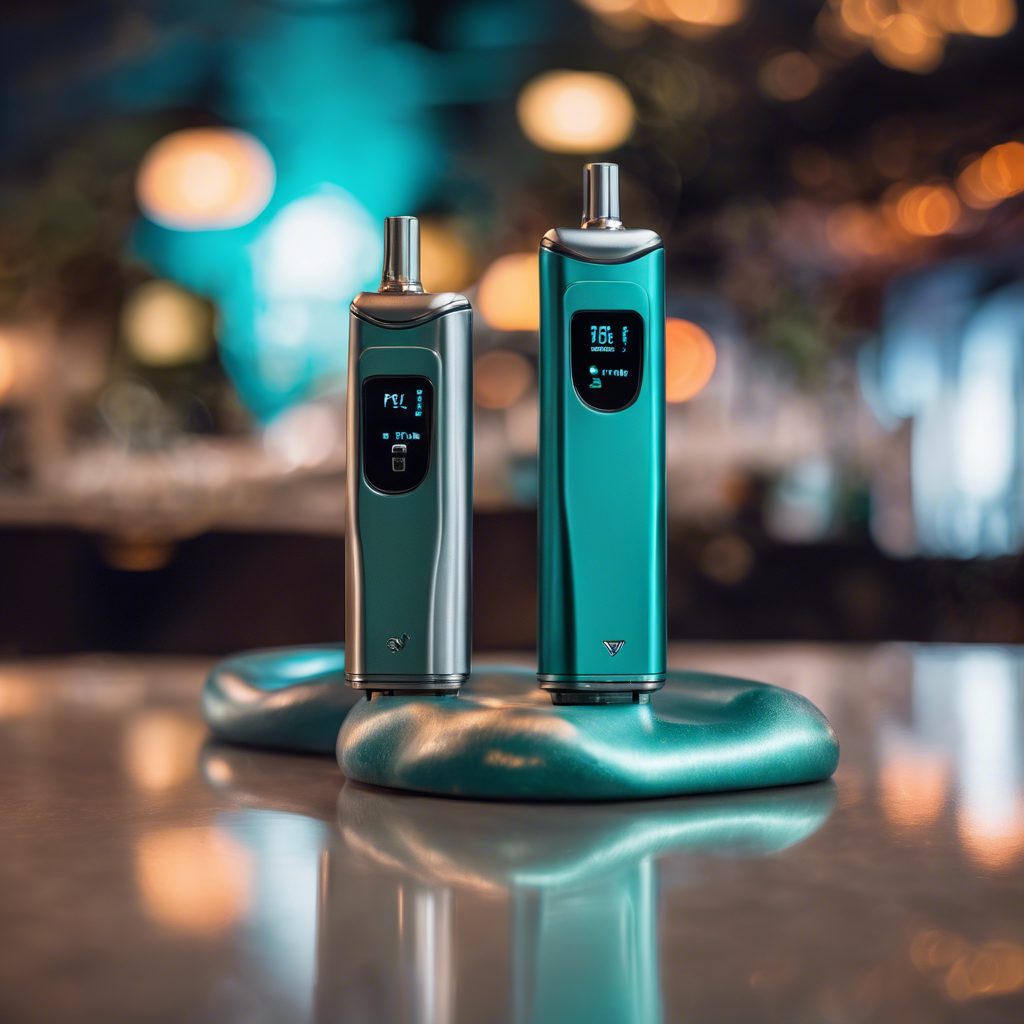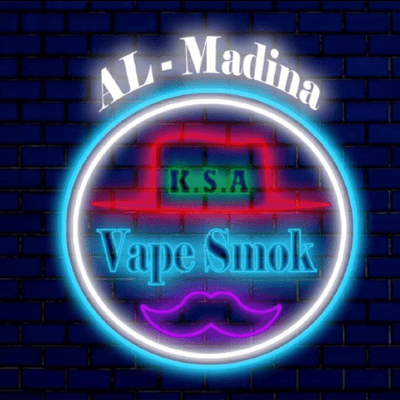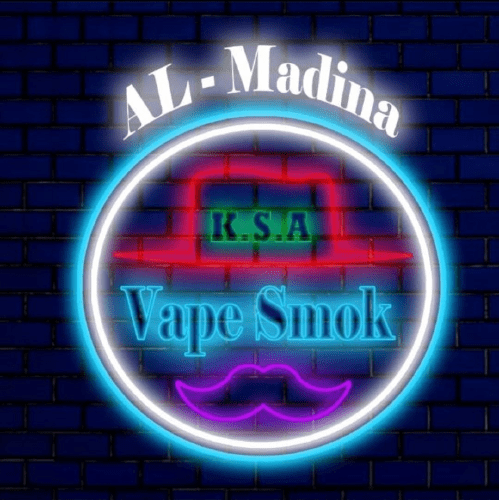

Welcome to our comprehensive resource for navigating the complex world of vaping regulations. Understanding local and international regulations governing vaping is crucial for vapers, retailers, and policymakers alike. We delve into the intricate landscape of electronic cigarette laws, offering a global perspective on how different regions are approaching regulation.
Overcoming the vaping conundrum requires awareness of the rise of vaping and the challenges it presents. Our analysis provides insights into local vs. global regulatory practices, examining recent legislative changes worldwide. Discover how various countries compare in their approach to e-cigarettes and public health, with a focus on vaping restrictions in the EU vs. the US.
Stay informed with a comparative analysis between countries and explore the future of vaping through predictions on global regulatory trends. Additionally, we address the crucial topic of vaping and youth, highlighting the regulatory response aimed at protecting minors. Navigate these complex regulations with us and equip yourself with the knowledge you need to make informed decisions in the ever-evolving vaping industry.

Overcoming the Vaping Conundrum: A Global Look at Electronic Cigarette Laws
Diversity in Legal Landscape
Navigating the world of vaping can often feel like walking through a minefield due to the diversity in electronic cigarette laws across countries. With the rapid rise of vaping, regulations vary significantly, reflecting cultural attitudes towards tobacco use, public health initiatives, and consumer protection.
For instance, some countries have adopted stringent bans, while others embrace a more lenient approach. Here are a few examples:
- Countries where vaping is illegal: These include countries like Bhutan and Singapore, which enforce strict controls on e-cigarettes due to health concerns.
- Countries with relaxed regulations: The United States allows a wider range of vaping products, leading to a boom in the market but also raising health alarms.
This diversity necessitates that both consumers and businesses stay informed about local regulations, ensuring compliance and safety.
Importance of Staying Informed
Staying informed about vaping laws is crucial for several reasons:
- Avoiding Legal Issues: Unaware businesses may face fines or shutdowns.
- Ensuring Safety: Awareness of safety standards protects users from faulty products.
- Empowering Consumer Choices: Informed consumers can make educated decisions about products they purchase.
In an ever-changing landscape, keeping up with e-cigarette regulations by country is not just advisable—it's essential. Whether planning a trip abroad or launching a new product, knowing the local laws ensures a smoother experience.
The Rise of Vaping: Navigating the Complex Regulatory Landscape
Laws Regulating Production, Sale, and Usage
As vaping continues to gain popularity, the regulatory landscape has grown increasingly complex. Laws governing the production, sale, and usage of e-cigarettes vary considerably across different regions, adding another layer of challenge for both consumers and producers.
For instance, let's look at some common regulations:
- Production Standards: Many countries mandate specific quality control measures, ensuring that e-liquids and devices are manufactured safely.
- Sales Restrictions: In several regions, there are age restrictions, limiting sales to those above 18 or even 21 years old.
- Usage Bans: Some municipalities have prohibited vaping in public spaces, similar to traditional tobacco products.
Understanding these laws is critical for businesses aiming to thrive in the industry while adhering to compliance.
Strategic Compliance with Regulations
Strategic compliance with these regulations not only protects businesses from penalties but also builds trust with consumers. Here are some strategies to consider:
- Regular Training: Train staff on the latest laws and best practices.
- Product Labeling: Ensure clear, accurate labeling to meet legal requirements and educate consumers.
- Legal Consultation: Work with legal experts to stay ahead of evolving regulations.
By adopting a proactive approach, businesses can navigate the complexities of the vaping regulatory landscape effectively, ensuring a sustainable path forward.
Local Vs. Global: How Different Regions are Regulating Electronic Cigarettes
Varying Approaches in Different Countries
The regulation of electronic cigarettes reflects a vast array of cultural perspectives and health priorities, leading to a patchwork of laws across the globe. For instance, while some nations see vaping as a harm-reduction tool, others regard it as a public health threat.
- United Kingdom: The UK supports vaping as a smoking cessation method, allowing a wide range of products while implementing strict advertising guidelines to deter youth usage.
- Australia: Conversely, Australia has a tougher stance, with laws that restrict nicotine-containing e-liquids and require prescriptions for their sale.
- Japan: In Japan, heated tobacco products are allowed, but traditional e-cigarettes face significant restrictions.
Understanding these differences can be enlightening for businesses and consumers alike, as a product that thrives in one market may struggle in another.
Mitigating Risks Through Compliance
To navigate these diverse regulations effectively, compliance is paramount. Here are some ways to mitigate risks associated with operating in various regions:
- Research Local Legislation: Stay updated on local laws to ensure full compliance and avoid fines.
- Engage Local Experts: Collaborate with regulatory consultants who understand the landscape in your target market.
- Document Everything: Maintain thorough records of compliance activities, product specifications, and sales practices.
By prioritizing compliance, businesses can adapt to each region's regulatory environment and build strong, sustainable operations regardless of local laws.
Vaping Under Scrutiny: Examining Recent Legislative Changes Worldwide
Tightening of Regulations
With growing health concerns and a rising tide of youth vaping, many governments have begun tightening regulations surrounding electronic cigarettes. Recent legislative changes vary dramatically by country, but certain trends have become apparent.
For example, in Canada, the government has imposed stricter restrictions on advertising and flavored vape products to combat rising youth usage. Similarly, many states in the U.S. are enacting laws that not only regulate sales but also limit where vaping products can be used in public spaces.
This tightening of regulations is aimed at curbing the appeal of vaping to minors and addressing public health issues related to nicotine addiction.
Swift Adjustment for Stakeholders
In light of these changes, stakeholders must adapt swiftly to maintain compliance and ensure sustainability. Here are a few proactive steps to consider:
- Regular Review of Policies: Businesses should frequently revisit their operational practices to align with new legislative developments.
- Training Programs: Implement programs to educate staff about new laws, ensuring everyone is on the same page.
- Communication with Consumers: Share updates about product changes and compliance efforts with customers, enhancing transparency and trust.
By staying ahead of regulatory shifts, stakeholders can turn challenges into opportunities, facilitating responsible growth in the vaping industry.
The State of Vaping Regulations: A Comparative Analysis Between Countries
Contrasting Guidelines in Different Regions
As we delve deeper into the state of vaping regulations, it becomes clear that contrasting guidelines exist across various countries. These differences can be staggering and often highlight the unique approaches each region takes toward public health and regulation.
For instance, consider:
- European Union: The EU has implemented comprehensive regulations that include strict advertising rules, clear product labeling, and limits on nicotine content.
- United States: In contrast, the U.S. allows a broader market for vaping products, yet states are increasingly imposing their own regulations, creating a patchwork of rules that vary widely.
- India: Here, vaping is largely banned, as the government has deemed it a threat to public health without adequate research.
Such contrasting guidelines can be confusing for consumers and businesses that operate across borders.
Importance for International Business Operations
For international businesses, understanding these regulations is not merely advisable—it's crucial. Here’s why:
- Market Access: Compliance allows companies to enter markets smoothly and avoid legal pitfalls.
- Consumer Trust: Transparent practices that align with local regulations build trust and brand loyalty among consumers.
- Strategic Planning: Companies can create informed marketing and product strategies based on the regional regulatory landscape.
By undertaking thorough research and adapting to local laws, international businesses can successfully navigate this complex regulatory environment, driving both compliance and profitability.
E-Cigarettes and Public Health: An Overview of Current Regulations
Balancing Health Benefits and Risks
As e-cigarettes continue to emerge as a contentious issue, regulatory bodies are tasked with balancing both the potential health benefits and the risks they may pose. Advocates for vaping highlight its role as a smoking cessation tool, often asserting that e-cigarettes can help smokers transition away from traditional tobacco products.
- Health Benefits:
- Reduced exposure to harmful tar and chemicals found in combustible cigarettes.
- Alternatives for smokers seeking less harmful options.
However, there are also significant health risks:
- Youth Appeal: E-cigarettes can be highly attractive to younger audiences, potentially leading to nicotine addiction.
- Long-Term Effects: The long-term health effects of vaping remain largely unknown, which fuels ongoing debate.
This delicate balance necessitates careful regulation to protect public health while acknowledging legitimate consumer choices.
Informed Decision-Making by Consumers and Policymakers
In this evolving landscape, informed decision-making is vital for both consumers and policymakers. Consumers should prioritize:
- Research: Staying updated on regulations and health research surrounding e-cigarettes.
- Choice Transparency: Understanding what’s in the products they are using.
Policymakers must also consider:
- Data-Driven Approaches: Utilizing research to inform regulations that protect public health without stifling innovation.
- Stakeholder Engagement: Listening to the perspectives of health advocates, businesses, and consumers to form well-rounded policies.
By fostering informed decision-making on all fronts, we can navigate the complex interplay of public health and personal choice regarding e-cigarettes effectively.
Vaping Restrictions in the EU vs. the US: Key Differences Explained
Contrasting Regulatory Frameworks
When examining vaping restrictions, a clear contrast emerges between the European Union (EU) and the United States. The EU has adopted a comprehensive regulatory framework, prioritizing consumer safety and public health. Key regulations include:
- Tobacco Products Directive (TPD): This mandate regulates e-cigarettes as tobacco products, limiting nicotine concentrations, e-liquid volumes, and ensuring child-proof packaging.
- Advertising Restrictions: Strict rules are in place to prevent marketing that appeals to minors or misrepresents product safety.
In contrast, the U.S. presents a more fragmented landscape:
- State Variations: Each state can implement its own laws, leading to significant differences in age restrictions, product availability, and sales channels.
- FDA Oversight: The Food and Drug Administration (FDA) oversees vaping products but has faced criticism for a slow regulatory rollout.
This divergence significantly impacts consumers and businesses operating in either region.
Tailoring Strategies for Compliance and Market Entry
For businesses looking to enter these markets, tailoring compliance strategies is essential. Here’s how:
- EU Strategy:
- Document Adjustments: Ensure products meet TPD requirements and invest in compliant packaging.
- Market Research: Understand local preferences and restrictions in different EU countries.
- US Strategy:
- Regulatory Monitoring: Keep an eye on state-level changes and evolving federal guidelines.
- Local Partnerships: Collaborate with local distributors familiar with specific state regulations.
By customizing their strategies for compliance and market entry, businesses can effectively navigate the regulatory intricacies of both the EU and the U.S., ensuring success in these diverse markets.
The Future of Vaping: Predictions on Global Regulatory Trends
Harmonization and Stricter Controls
As the vaping industry continues to evolve, many experts predict a trend toward greater harmonization and stricter controls on a global scale. Countries that currently operate under differing regulations may find common ground, leading to unified standards aimed at consumer safety and public health.
We might expect to see:
- Standardized Product Regulations: Similar product safety and labeling requirements across various regions, making it easier for consumers to make informed choices.
- International Regulatory Bodies: Increased collaboration between countries could lead to the establishment of international regulatory organizations focused on vaping standards and practices.
This harmonization process may also include stricter controls, particularly concerning advertising and access for young people, which many regions are grappling with today.
Preparation for Evolving Landscape
For businesses, preparing for this evolving landscape is crucial. Here are ways to adapt:
- Stay Informed: Regularly update your knowledge of international regulations and trends affecting the vaping industry.
- Flexibility in Operations: Develop adaptable business practices that can easily pivot in response to changing regulations.
- Engagement with Regulatory Bodies: Establish open communication with regulators and industry associations to stay ahead of potential changes.
By taking proactive steps now, stakeholders can position themselves advantageously amid the shifting tides of global vaping regulations.
Vaping and Youth: Understanding the Regulatory Response to Protect Minors
Measures to Protect Minors
As concerns surrounding youth vaping have escalated, regulatory bodies worldwide have implemented various measures to protect young individuals from the potential harms of e-cigarettes. These efforts focus on restricting access and limiting exposure to vaping products. Here are some common strategies:
- Age Restrictions: Many countries have raised the legal purchase age for vaping products to 18 or 21, aligning with tobacco regulations.
- Marketing Regulations: Stricter rules now govern advertising practices, prohibiting marketing that appeals to younger audiences or misrepresents the safety of vaping.
- Flavor Bans: Some jurisdictions have banned flavored e-liquids, arguing that appealing flavors attract youth smokers.
These measures aim to create a more supportive environment, where minors cannot easily access vaping products.
Minimizing Youth Vaping Prevalence
To further minimize youth vaping prevalence, a multi-faceted approach is essential:
- Education Campaigns: Schools and community organizations are conducting awareness programs that highlight the risks associated with vaping.
- Parental Involvement: Encouraging parents to engage in conversations about vaping helps create an open dialogue about its dangers.
- Collaboration with Manufacturers: Engaging manufacturers in discussions about responsible marketing and product design can foster a healthier landscape.
By combining regulatory measures with education and community engagement, we can collectively work towards reducing youth vaping and protecting the health of the next generation.

E-Cigarettes and Public Health: An Overview of Current Regulations 🌬️🚭
E-cigarettes have become a popular alternative to traditional smoking, but their rise has sparked a lot of conversations about public health and safety. With so many options available, it's essential to understand the current regulations surrounding e-cigarettes and how they impact our communities.
What Are E-Cigarettes? 🤔
E-cigarettes, or vaping devices, are electronic gadgets that heat a liquid (often called e-liquid or vape juice) to create an aerosol that users inhale. This liquid usually contains nicotine, flavorings, and other chemicals. While many people turn to e-cigarettes to quit smoking, there are still significant concerns about their safety.
Current Regulations 📜
Regulations on e-cigarettes vary widely across the globe. Here’s a quick overview:
United States 🇺🇸
In the U.S., the Food and Drug Administration (FDA) regulates e-cigarettes as tobacco products. This means manufacturers must meet specific standards and cannot market their products to minors. Additionally, many states have implemented their own laws, such as age restrictions and flavor bans.
European Union 🇪🇺
The EU has strict regulations through the Tobacco Products Directive (TPD). This includes limits on nicotine concentration and requirements for health warnings. Some countries within the EU have also introduced additional measures, like advertising bans and public vaping restrictions.
Australia 🇦🇺
In Australia, the sale of nicotine-containing e-cigarettes is heavily regulated. You need a prescription to buy them, which has led to a black market for these products. Public health campaigns continue to raise awareness about the potential risks of vaping.
Public Health Concerns ⚠️
While e-cigarettes are often viewed as a safer alternative, they are not without risks. Studies suggest that vaping may lead to respiratory issues and addiction, particularly among young people. Public health officials are concerned about the long-term effects, as vaping is still relatively new.
The Road Ahead 🚀
As more research emerges, regulations may continue to evolve. It's crucial for policymakers to balance the potential benefits of e-cigarettes for adult smokers with the need to protect youth from nicotine addiction.
In conclusion, staying informed about e-cigarette regulations is vital for public health. Whether you're a vaper, a smoker looking to quit, or simply curious, understanding the landscape can help us all make better choices for our health and our communities. Let’s keep the conversation going! 💬✨

Understanding Local and International Regulations Governing Vaping: What You Need to Know
In the rapidly evolving world of vaping, regulations differ widely based on regional health policies, cultural attitudes, and legislative priorities. Whether you’re an enthusiastic vaper or simply exploring alternatives to traditional tobacco, understanding local and international regulations is essential to ensure legal compliance and informed purchasing decisions. Below is an overview of how different parts of the world handle vaping products, along with practical tips to help you navigate these rules.
1. Vaping Regulations: Why They Matter
- Health & Safety
- Governments enact regulations to minimize public health risks, ensure product quality, and keep vaping devices out of minors’ reach.
- Consumer Protection
- Labeling standards, ingredient disclosures, and maximum nicotine limits empower users to make informed choices.
- Market Stability
- Clear guidelines facilitate fair competition among manufacturers and retailers, encouraging legitimate, compliant businesses to thrive.
2. Regional Overviews
2.1 North America
United States
- Regulatory Body: The Food and Drug Administration (FDA) oversees vaping products, classifying them as “tobacco products.”
- Key Requirement: Manufacturers must submit a Premarket Tobacco Application (PMTA) proving their product is “appropriate for the protection of public health.”
- Flavored Products: Various restrictions exist, especially for sweet or fruity flavors that may attract underage users. Some states have imposed localized bans.
- Age Limit: Federal law sets the minimum purchase age at 21.
Canada
- Legal Framework: Heavily influenced by the Tobacco and Vaping Products Act (TVPA).
- Nicotine Limits: Typical cap is 20 mg/mL for vaping liquids, aligning with European standards.
- Labeling & Promotion: Must include health warnings; promotion targeting youths is prohibited.
2.2 Europe
- EU-Wide Directive: The Tobacco Products Directive (TPD) regulates e-cigarettes.
- Nicotine Capped: E-liquids limited to 20 mg/mL nicotine; bottle sizes not to exceed 10 mL; tanks/pods max out at 2 mL capacity.
- Product Notifications: Manufacturers must notify each member state’s regulatory authority before marketing a new device or e-liquid.
- National Variations: Some countries impose extra taxes or flavor bans, while others adopt more flexible approaches.
2.3 Middle East
- Mixed Approaches:
- Some countries (e.g., Qatar) have historically banned the sale of e-cigarettes altogether.
- Others (e.g., Saudi Arabia, UAE) allow vaping but with high excise taxes, import licensing, and strict labeling rules.
- Cultural & Religious Context: In conservative societies, vaping may be viewed similarly to smoking, with debates on whether it’s a permissible “lesser evil” or still a harmful habit.
- Compliance Enforcement: Customs checks and local health authorities vigilantly monitor imports and sales.
2.4 Asia-Pacific
- Australia:
- Nicotine-containing e-liquids generally require a medical prescription.
- State-level enforcement varies, but non-compliant products risk being seized.
- New Zealand:
- Generally more liberal than Australia, with nicotine e-liquids sold under safety guidelines.
- Public Health England–inspired policies encourage smoking cessation via vaping.
- Southeast Asia:
- Regulations vary widely: countries like Thailand have strict bans, while Malaysia has fewer restrictions but may impose specific vape-related taxes.
3. Key Regulatory Themes
3.1 Age Restrictions
Almost universally, 18–21 years is the minimum legal age to purchase vaping products. Retailers must verify customers’ age in-store or via online proof systems.
3.2 Nicotine Strength & Bottle Size
- Many regions set a maximum nicotine concentration around 20 mg/mL (EU, parts of Canada, etc.).
- Bottle and pod sizes also face caps (10 mL bottles, 2 mL tanks in the EU).
3.3 Labeling & Warnings
Regulations often require:
- Clear Nicotine Content: mg/mL or percentage.
- Health Warnings: Nicotine addiction disclosures.
- Child-Resistant Packaging: Preventing accidental ingestion.
3.4 Product Approvals and Testing
- Requirements like the PMTA in the U.S. or the TPD’s notification system in the EU ensure only tested, approved products reach consumers.
3.5 Marketing and Advertising
- Promotions targeting non-smokers or youth are restricted, including flavor names suggesting sweets/candies or cartoon imagery.
- Some nations ban vaping ads on TV, radio, or public spaces.
4. Tips for Staying Compliant and Safe
- Research Local Laws
- Before buying or traveling with vape gear, read up on current rules regarding device specifications, nicotine strength, and age limits.
- Purchase Legitimate Products
- Verify packaging: look for holograms, QR codes, or licensing details that confirm authenticity.
- Avoid suspiciously cheap or unlabeled liquids.
- Respect Age Limits
- Retailers typically enforce ID checks. Underage sales are heavily penalized; being prepared with valid ID helps ensure a smooth transaction.
- Follow Travel Guidelines
- Some airlines restrict e-cigarette carriage in checked bags; you may need to keep them in carry-on luggage.
- Countries with bans or severe restrictions can confiscate vape gear at customs.
- Stay Updated
- Regulations can change rapidly. News outlets, vaping communities, and official government websites are good sources for the latest info.
5. Future Outlook
- Tighter Flavored Product Controls
- Expect more flavor limitations in regions concerned about youth uptake, potentially leading to bans on certain sweet or fruity profiles.
- Eco-Friendly Initiatives
- As disposable vapes grow popular, countries may address the environmental impact by imposing stricter recycling requirements or promoting reusable devices.
- Global Compliance Harmonization
- Over time, international bodies like the WHO and major market blocs (EU, US) might push for standardized frameworks, reducing confusion for cross-border sales.
- Medical/Pharmaceutical Perspectives
- Some countries may adopt medicalized models where nicotine e-liquids are dispensed similarly to nicotine-replacement therapies (NRT), especially focusing on smoking cessation.
Final Thoughts
Vaping regulations are not merely legal formalities; they dictate which products you can buy, how they’re labeled, and under what conditions they’re sold. Compliance ensures you stay on the right side of the law, while also promoting higher safety standards and transparency within the vaping industry. Whether you’re in a region with comprehensive rules like the EU or navigating a patchwork of state laws in places like the U.S., staying informed is crucial.
Key Takeaway: Always check local legislation—especially regarding nicotine limits, product authenticity, and age requirements—to ensure a safe, compliant vaping experience. As authorities worldwide refine their approaches, responsible vapers should remain adaptable, proactive, and knowledgeable about the evolving regulatory environment.
OXVA is a leading brand in the field of manufacturing vape products.
Elf Bar is a leading e-cigarette brand, known for offering ready-to-use vape devices.
Geek Vape is one of the leading companies in the vape devices and related accessories industry.
DZRT Nicotine Pouches is one of the brands specialized in nicotine pouches.
Ripe Vapes is a well-known company in the manufacture of electronic cigarettes and e-liquids (flavors).
Roll Upz is a well-known brand in the e-liquid industry.
Grand Vape (or Grand) is one of the companies specialized in manufacturing vape devices and electronic liquids.
Browse by most popular vape brands
Gummy is a specialty brand.
SMOK is one of the most popular brands.
Sams Vape is a well known brand.
DR.VAPES Dr.Vapes is one of the well-known companies
JUCY JUCY Flavors are a range of flavors used in electronic vaping.
Browse by most popular vape brands
Products of the brand Mood Vape Company
Disposable disposable syringes
Electronic vape and hookah devices
Salt and vape flavors for molasses and electronic hookah
Accessories, coils, supplies and pods for electronic devices

